Everyone doodles on something in school. Drawing small, silly things on a nearby surface is often the best way to deal with crushing boredom. The next time someone criticizes your habit of doodling on whatever is around, remind them that this activity is a long and historical tradition. Just ask medieval book historian Erik Kwakkel.
Kwakkel researched doodles from the medieval period for the past few years. Aside from random scribblings, these doodles are actually evidence of pens getting tested. Way before ballpoint pens and the printing press came to be, scribes and students tested their pens for steady ink flow and proper line width. They usually did these tests in the back of the books, which had blank pages. They look like the things you doodled in your notebooks at school.
Aside from the universal feeling of boredom, the doodles tell a lot, Kwakkel explains. During the 13th and 14th centuries, books were written by hand. When copying text, scribes usually adopted the style of the original book, which might have been different from their native style of forming letters. While the text in the book adheres to stylistic rules, the pen tests, or doodles, usually reflect the style of the scribe’s homeland. This tells Kwakkel and other historians about the people who wrote these books, and the pen tests afforded them an opportunity to express themselves.
Most of the doodles are what you expect: funny faces, geometric shapes and random letters. The doodles don’t only appear in the books that were being transcribed; books used by students featured them, too. These books are thick, dense tomes covering topics like religion, philosophy, and morals. These students, most of whom were likely what we would now call middle- or high-school aged, found the subjects to be boring. To amuse themselves, they would doodle in the margins, much like students would do for the next several hundred years. In some cases, the doodles were added to a book several hundred years after the book was published. Nothing is sacred when you’re bored out of your skull.
You can keep up with Kwakkel’s doodle pursuits on his Twitter and Tumblr accounts, or listen to an interview with him.
 share
share
 share
share
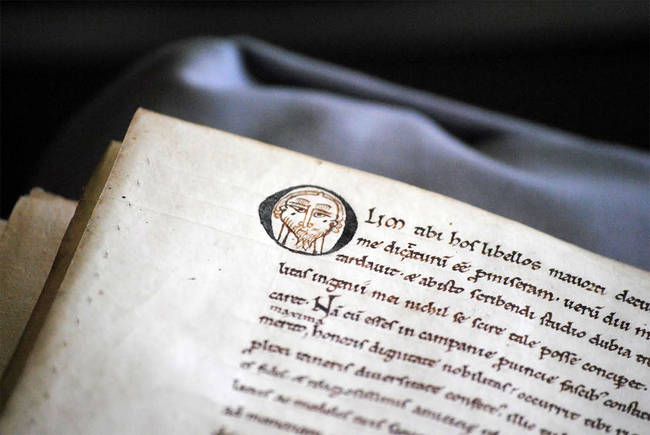 share
share
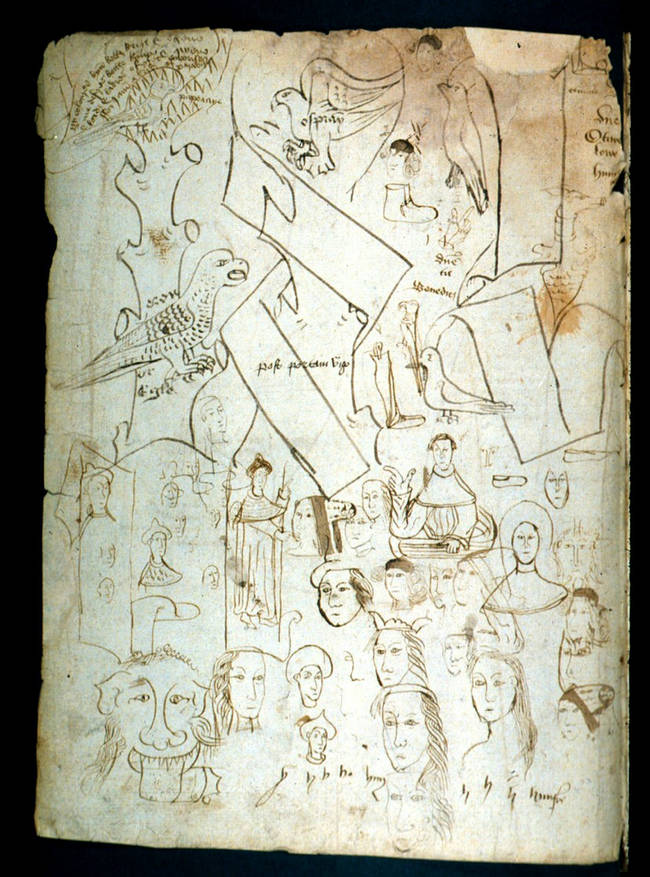 share
share
 share
share
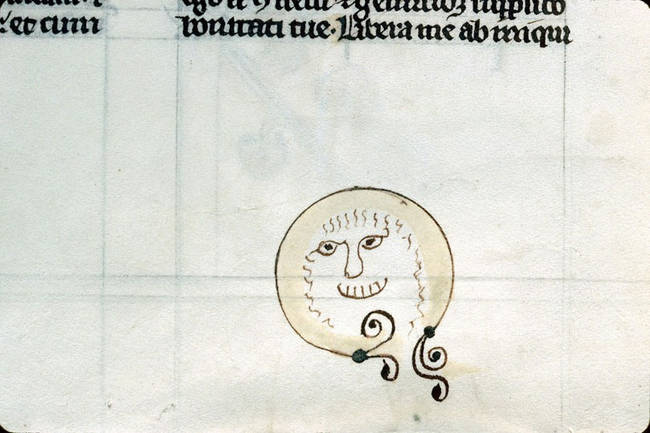 share
share
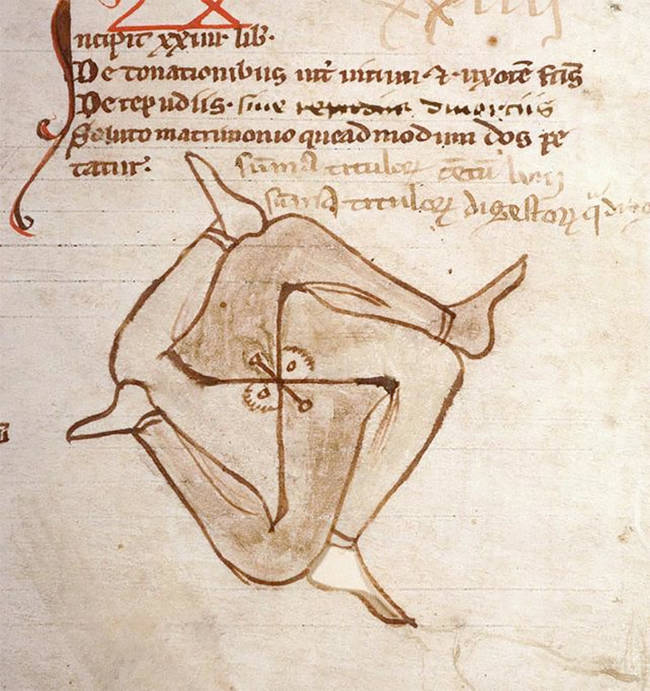 share
share
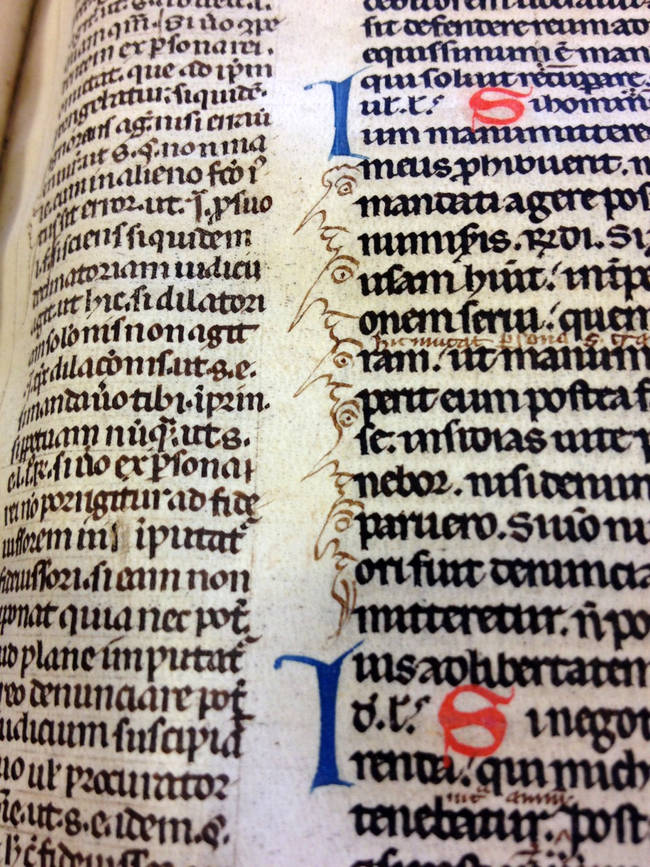 share
share


